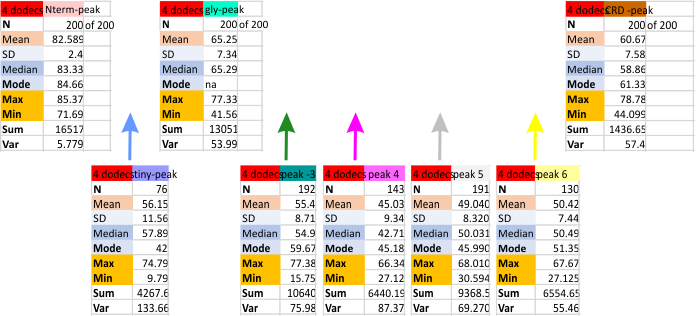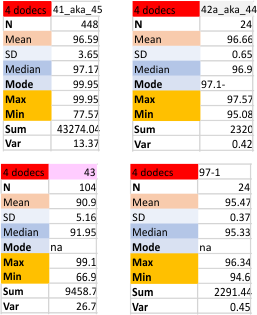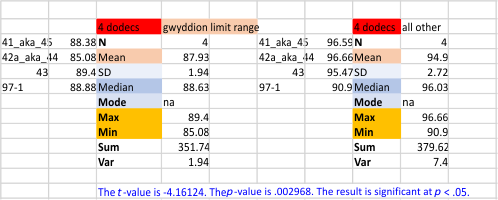In my last few years, where should I focus my efforts? ?? On the ultimate fate of humanity, the planet, the cosmos ???
Should I continue working on surfactant protein D???
Should I continue to make patterns for stained glass???
Should I help people make memories with trinkets???
Should I work on my yard till every weed is gone and leaf is in place???
Should I focus on my house (like patching what needs to be patched, or upgrading etc…)???
What will have the greatest impact?
I am not at all concerned what my kids get in inheritance, I think getting money from parents does them absolutely NO GOOD whatsoever.
The things that interest me “mentally” are helping to figure out the structural model of SP-D because it gratifies my sense of feeling “smart”… which is stupid…
I get real pleasure out of making patterns for contemporary glass crafters from old and wonderful architectural stained glass, so they can replicate, at lest in part, old designs for their own homes and inspirational places. One of my “road to damascas” desires in terms of trying to give this back to todays culture.
I get pleasure from making mosaic planters and pots out of trash (how that happened I have no clue)
I get NO pleasure from customizing patterns of pets and humans but that is actually where PDQpatterns makes most of its $$,
I get pleasure from keeping my yard, but not keeping it to a painfully manicured state, just better than the neighbors, LOLOL, no really, I try to make it as annoyance-free to my visual brain as possible, and that is hard enough work.
I feel obliged to keep my the yard at my daughter’s residence (really its my yard) as tidy as possible given how few hours a week I am there, and i do this for the neighbors…
OR IS IT complete hubris to think that what I do matters at all, in the grand scheme of the cosmos. “who gives a flying rats behind what one does with one’s last 15 years” and “that is perhaps the only acceptable answer”
And whatever I do (as I realized back when Sadam Hussain lit his oil wells on fire during the Gulf War? of which I was reminded by Putin setting his gas reserves on fire”..(both idiots) I can’t undo those, or any, irresponsible acts, by them, or by me, or by anyone.
I could strive to do the best for the environment, humanity, and give everything until I die and it would make no significant difference.
Does this give me license to “do what i want”????
THE KEY PHRASE FROM MY BF… “make a cosmic dent”








